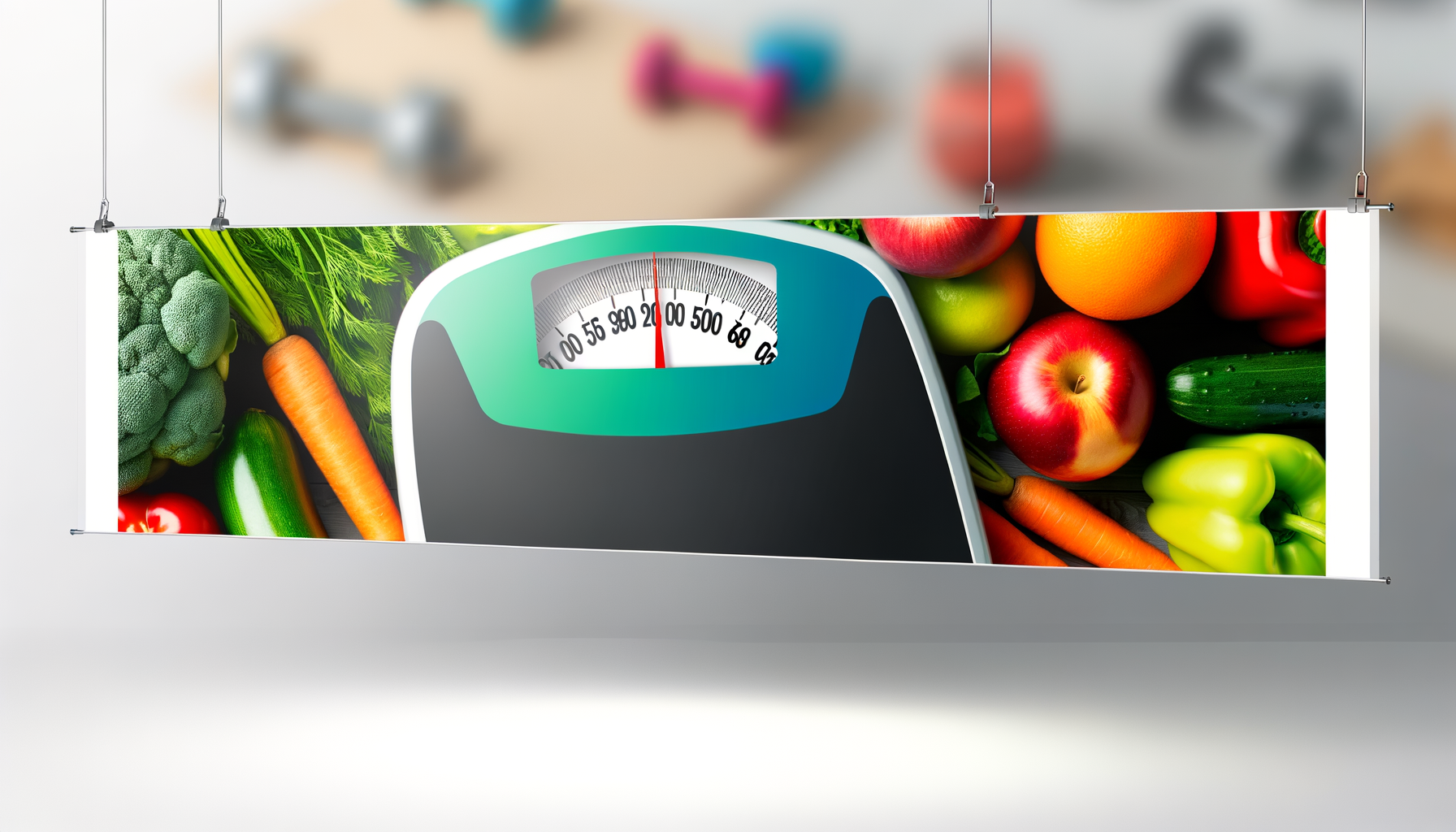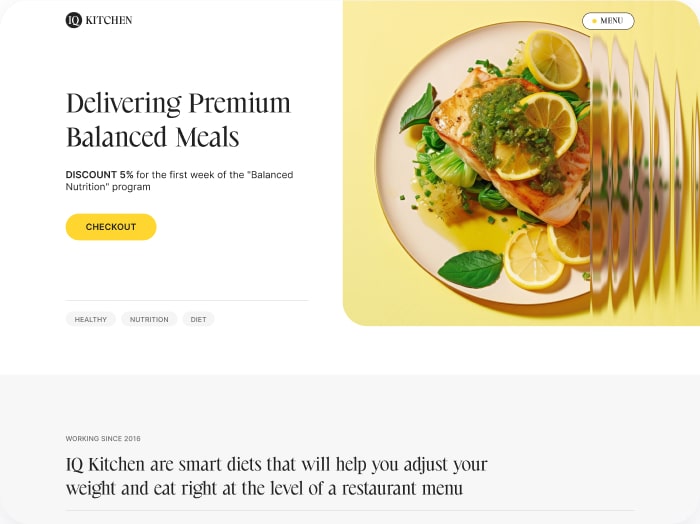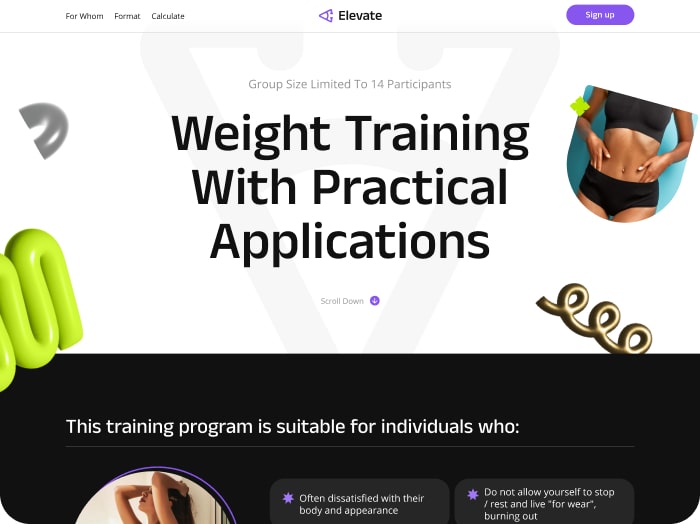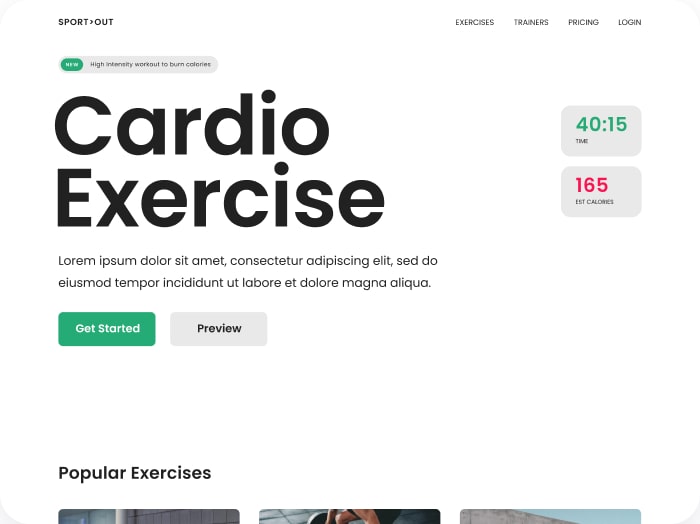In the realm of health and fitness blogging, engaging readers and providing them with actionable tools is crucial for building a loyal audience. One of the most effective tools for this purpose is the calorie calculator. This device not only helps readers understand their dietary needs but also empowers them to set realistic fitness goals. In this article, we will explore why calorie calculators are essential for fitness blogs and how they can enhance reader engagement.
Enhancing Reader Engagement with Interactive Tools
Interactive tools like calorie calculators transform a fitness blog into a personalized fitness journey for readers. By integrating such tools, bloggers can move beyond static content and offer readers a dynamic experience. This approach not only boosts engagement but also positions the blog as a go-to resource for fitness enthusiasts.
Calorie calculators, such as those offered by Calorie Calculator Cloud, are designed to provide individuals with a precise estimate of their daily caloric needs based on factors like age, weight, height, and activity level. This precision is invaluable for those aiming to lose weight, maintain it, or even gain muscle mass. For instance, fitness trackers like Apple Watch can provide additional data on calorie burn, allowing users to fine-tune their diet and exercise plans.
Benefits of Calorie Calculators for Fitness Blogs
- Personalized Fitness Plans: By offering readers a way to calculate their Total Daily Energy Expenditure (TDEE), bloggers can help them create personalized diet and exercise plans tailored to their specific needs. This approach ensures that readers are more likely to achieve their fitness goals, whether it’s weight loss, muscle gain, or simply maintaining a healthy lifestyle.
- Increased Engagement: Interactive tools like calorie calculators encourage readers to participate more actively with the content. This interactivity can lead to higher engagement metrics, such as longer session times and increased page views.
- Data-Driven Decisions: Calorie calculators empower readers to make informed decisions about their nutrition and exercise routines. By understanding their caloric needs, individuals can adjust their diet and workout plans accordingly, leading to better health outcomes.
- Improved Content Relevance: Incorporating calorie calculators into a fitness blog demonstrates a commitment to providing relevant and useful content. This approach helps build trust with readers and establishes the blog as a reliable resource in the fitness community.
Real-World Examples and Case Studies
Several fitness blogs have seen significant success by integrating calorie calculators into their content. For example, platforms like MyFitnessPal and Fitbit offer comprehensive calorie tracking tools that help users monitor their daily intake and expenditure. These tools are not only popular among individuals but also serve as excellent examples of how interactive features can enhance user engagement.
A well-documented case study involves fitness influencer Alex Johnson, who often emphasizes the importance of using TDEE calculators to personalize fitness journeys. By creating a tailored approach to calorie management, individuals can avoid generic advice and focus on what works specifically for them, leading to more effective fitness outcomes.
How to Integrate Calorie Calculators into Your Blog
- Choose the Right Tool: Select a calorie calculator that is user-friendly and provides accurate results. Calorie Calculator Cloud offers a range of plans that can be tailored to fit your blog’s specific needs, including customizable integration options to match your brand’s aesthetic.
- Customize the Experience: Ensure that the calculator is seamlessly integrated into your blog and offers a smooth user experience. This can involve customizing the design and layout to match your site’s style.
- Educate Your Audience: Provide accompanying content that explains how to use the calculator effectively. This could include guides on understanding TDEE, setting realistic goals, and adjusting diet and exercise plans accordingly.
- Monitor Engagement: Track how readers interact with the calculator and adjust your content strategy based on feedback and usage metrics.
Conclusion and Next Steps
Incorporating calorie calculators into your fitness blog can significantly enhance reader engagement and position your site as a valuable resource in the health and fitness community. By offering personalized fitness tools, you not only cater to the immediate needs of your audience but also build a loyal following that appreciates actionable advice.
To get started, consider integrating a calorie calculator into your blog today. Visit Calorie Calculator Plans to explore the different options available and find the perfect fit for your audience.
Additionally, explore other fitness tools and resources such as Strava for workout tracking and Nutrition.gov for reliable nutrition advice. These resources can further enhance your content and provide readers with a comprehensive fitness experience.
By embracing interactive tools like calorie calculators, you can transform your fitness blog into a dynamic platform that empowers readers to achieve their health and fitness goals.








